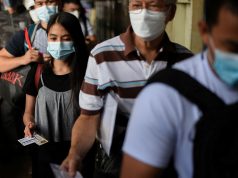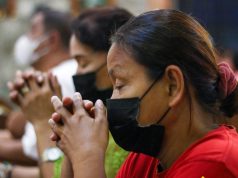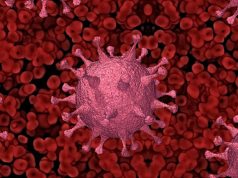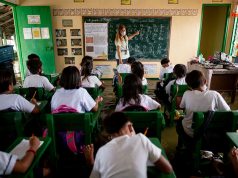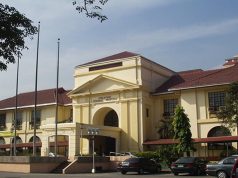MANILA — The Philippine economy is likely to grow faster than previously thought this year, with momentum expected to pick up further next year, but downside risks caused by the coronavirus pandemic persist, the World Bank said on Tuesday.
The World bank raised its 2021 growth forecast for the Philippines to 5.3% from a 4.3% estimate in September, reflecting a faster-than-expected expansion in the third quarter despite stringent curbs to contain a Delta-variant driven surge in COVID-19 cases.
“From a deep economic contraction last year, the Philippines is on the path to economic recovery,” Kevin Chua, World Bank Senior Economist, told a media briefing, citing rebounds in domestic activity and bank lending.
The economy contracted by a record 9.6% last year, as pandemic-induced lockdowns shuttered businesses and crimped household consumption, which is a key driver of growth.
For next year, the Philippines, which before the pandemic was one of Asia’s fastest-growing economies, is expected to expand further to 5.9%. Growth in 2023 is seen at 5.7%.
The outlook should be underpinned by progress administering vaccinations, allowing for wider economic reopening, the World Bank said, even as it warned about the risks posed by a new wave of infections.
“The uncertainty around the pandemic still weighs heavily on market sentiment and investment decisions,” said Ndiame Diop, World Bank Country Director for Brunei, Malaysia, Philippines and Thailand.
The Philippines, which has recorded 2.84 million COVID-19 cases and 49,499 deaths in total, is among the countries worst hit by COVID-19 in Asia. But new cases have come off a peak, allowing for restrictions to be eased further.
Looser curbs have allowed more businesses to reopen and people to go back to work, with the unemployment rate dipping to 7.4% in October from 8.9% in September, government data showed.
As of Dec. 2, around 34% of the Philippines 110 million people had been fully immunized. —Reporting by Karen Lema Editing by Ed Davies





